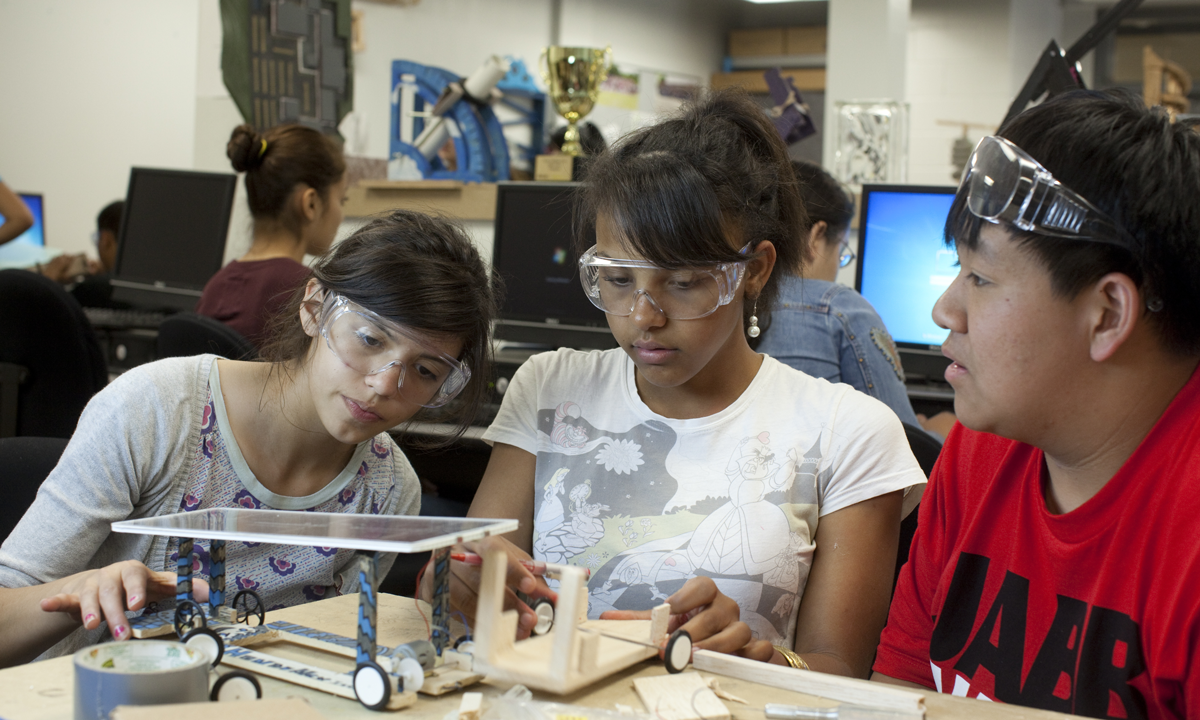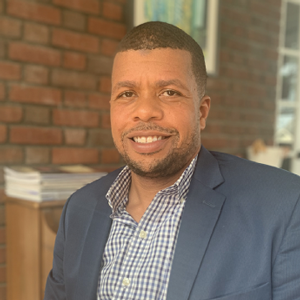What Employers Want, Project-Based Learning Can Deliver
Lenz and McCutchen: More states and districts are focusing on such skills as communication, problem-solving, critical thinking and collaboration.

Get stories like this delivered straight to your inbox. Sign up for The 74 Newsletter
Dear high school and college students,
Are you a good communicator? Can you effectively lead a team of your peers? Can you think critically about issues, ask questions, and find solutions to complex problems? If so, we’re looking for you. Apply now if you can show evidence of teamwork, creativity, and a strong work ethic. We don’t need “good test-takers” or the highest GPA. No experience? No problem. We will train you. We want employees who know how to learn, think, and lead. We want employees with the skills to help our company succeed both now and in the future. Are you up for the challenge?
Sincerely,
Every Industry in America
Today’s education system fails to adequately prepare many students for college and the workforce. One survey found less than a quarter of high school graduates believe their schooling prepared them for life after graduation. Meanwhile, employers want candidates with “21st Century Skills,” but are coming up short.
In recent years, however, there has been a promising shift as many states re-evaluate how to prepare students for the world. Twenty states and hundreds of districts have created “Portraits of a Graduate” outlining the skills students should have by graduation such as communication, problem-solving, critical thinking and collaboration.
Meanwhile, the landscape of K-12 assessments is also shifting. Last year when New York set a timeline to eliminate the requirement that students pass the Regents Exam in order to graduate, it joined a growing number of states that have ended reliance solely on exit exams as a condition of graduation. Instead, states are increasingly embracing measures such as performance-based assessments which measure both what students know and whether they can apply that knowledge. These students demonstrate their skills through completing a project or performing a certain activity, which can include. essays, portfolios or research papers.
With the right support, these changes can effectively prepare students for the workforce of tomorrow. We have seen this happen in schools that have taken a project-based learning approach to instruction and assessment.
For instance, the rural Adair County School District in Kentucky launched an initiative to help students build skills outlined in the state’s portrait of a graduate and create a “culture of inquiry.” In one project, high school English and business classes, led by teachers Amy South and JR Thompson, worked together to research local industries and community businesses, interview business owners, analyze marketing strategies and develop comprehensive plans for promoting the community and its local businesses to outsiders.
As part of the process, students were introduced to the concept of a “strong hook” to capture interest and then divided into two teams. Each team worked collaboratively to propose a value proposition and refine their marketing strategies. They were then required to pitch their ideas and plans, ultimately narrowing down their focus to two distinct community projects. They presented their final pitches live to a jury, which selected one — a Marketing Day Vendor Fair — to be implemented in the community. The project culminated in students hosting an event at the high school showcasing local businesses
The Thomas Edison CTE High School in Queens, New York, is currently a mentor school for the New York State Department of Education, training other schools to develop performance-based assessments. It uses a project-based learning model in which students engage in real-world and personally meaningful projects. It developed a framework and “essential skills” rubric that assesses both how well students know the content and whether they can demonstrate essential skills of communication, collaboration, feedback and reflection, design thinking and professionalism.
These are just two examples of schools that are leading the way in making sure students are prepared for the world by the time they graduate. We need more stories like this. Instead of focusing on cuts to education, we need to continue the momentum happening in New York and elsewhere by supporting and growing these innovative programs.
We call on parents, caregivers, students, schools, districts, boards of education, policy makers and government agencies to focus on these key areas to ensure the momentum continues and the changes last
- Professional development and capacity building: Institutions must ensure all teachers have ample time for professional development around performance-based curriculum and assessments as well as ongoing professional support. Buy-in at all levels is required in order to strengthen the system and build the capacity needed to make the shift toward building and measuring real-world skills.
- Funding: Re-defining student success — and how to assess it — will require investment. State leaders must ensure that there is funding to provide the staffing, training, curriculum and resources to support implementing performance-based assessments.
- Stakeholder alignment: K-12 schools, local industries and higher education institutions must be aligned on which skills are important for career and college readiness.
- Communications: Some students may resist performance-based assessments because they have learned how to navigate the current system and do well on tests. Communicating effectively to students and families will help to shift mindsets and make the process smoother.
Change is slow, but worth it. It will take persistence. There must be a willingness from all involved to hold the line and know it might take 10 years for this new way of assessing student learning to fully take hold.
We are experiencing a rare opportunity to change education and improve student success. This work must be intentional, evidence-based, and supported at all levels. We implore education leaders, policy makers, schools, districts and communities to lay the groundwork now to ensure students have a successful future and can respond to the “letter to high school and college graduates” with a resounding “Yes.”
This article was published with the support of XQ Institute.
Get stories like these delivered straight to your inbox. Sign up for The 74 Newsletter

;)

